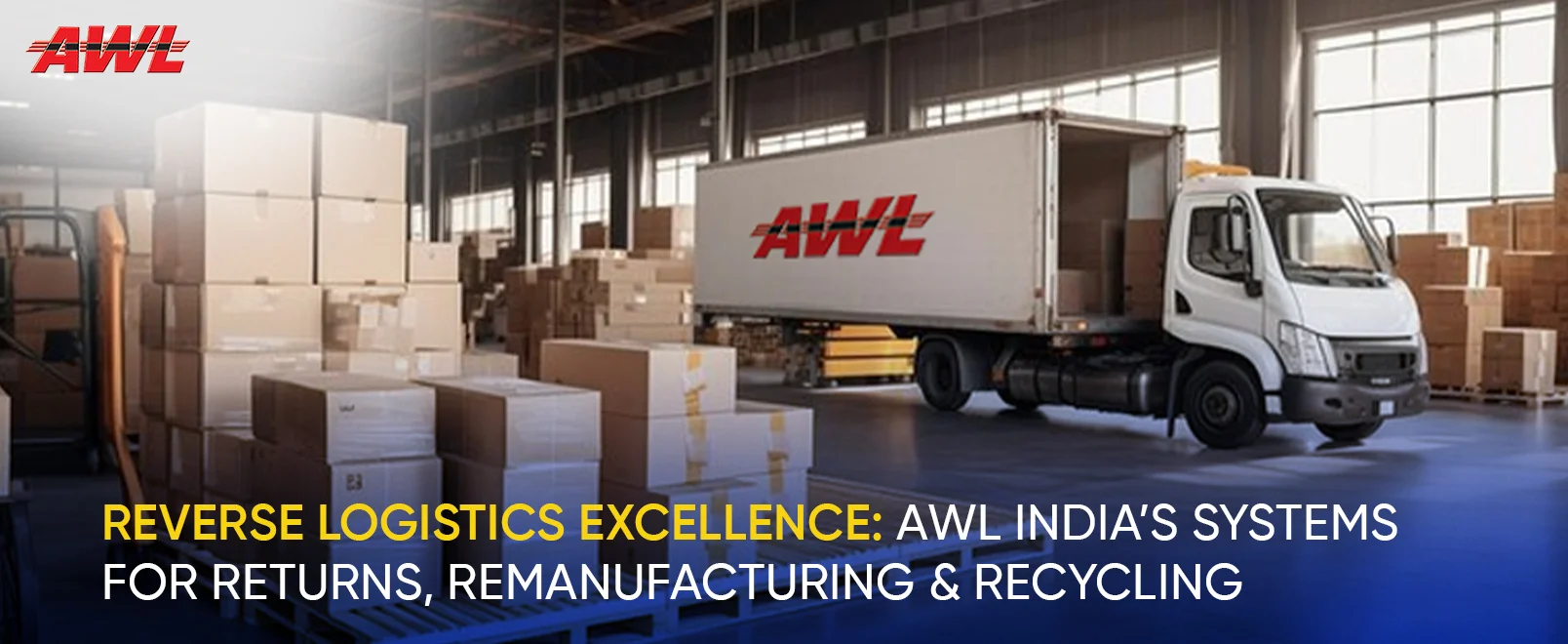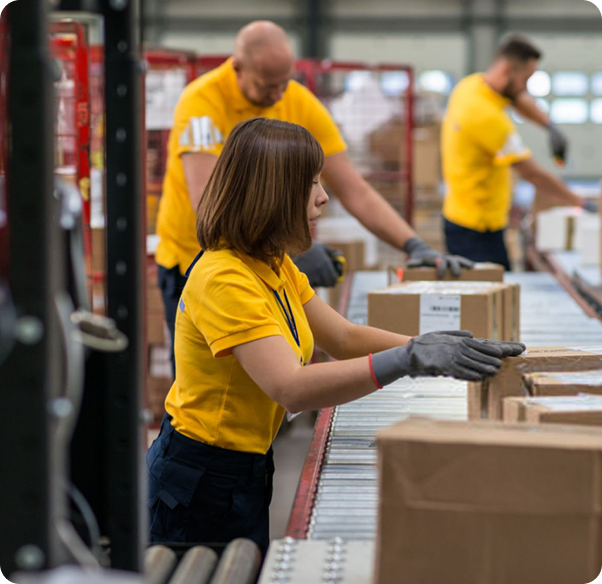
Reverse Logistics Excellence: AWL India’s Systems for Returns, Remanufacturing & Recycling
18 August 2025

Modern supply chains face new demands. Customers want fast service. They also want strong care for the environment. Businesses now try to build better systems. They aim to recover value from used items. They make plans that give each product a longer life. Many firms are now moving closer to smart and green ways. They focus more on safe practices. They use tools that lower waste. They build clear flows from start to finish. The goal is simple. Use less. Save more. Protect resources.
The Growing Value of Product Returns
In recent years, product returns have become a serious task. Customers want easy returns. They need quick help. Brands now treat returns as a core part of service. It is not just a one-way process anymore. It now has a full cycle. Firms now build teams only for this task. They plan smooth return paths. They track goods from the client back to the firm or center. They sort them with care. By doing this, they save money. They keep clients happy. They also protect the brand image.
Role of Technology in Efficient Returns
New digital tools give better control to firms. They help track each item in real time. They guide the staff to know where each item goes. They scan, tag, and upload data fast. They also give clear reports. Managers then make quick decisions. They know if an item needs repair or recycling. They know if it can go back to a shelf. These tools boost speed and trust. They also reduce errors. They save time. They build smooth workflows.
AWL India and Its Smart Return Systems
AWL India has built strong systems to deal with product returns. It uses fixed steps to reduce confusion. It also sets clear rules for every stage. The team checks each item one by one. They also sort them fast. They then send them for repair or reuse. This simple method helps firms cut costs. It keeps them ready for future needs. AWL India trains its staff to deal with different cases. It also uses smart software to guide its daily tasks. This plan keeps clients happy and calm.
How Reverse Logistics Adds Value
A strong reverse logistic model saves fresh material. It also avoids extra work. It guides a product back into the life cycle. Each step adds small value. The item may need to be repaired. Or it may go to a new buyer. This reduces waste. It also saves space in landfills. The reverse logistics system also helps firms build trust. Clients see the firm as a leader in care and value. They feel safe and loyal. The firm then enjoys long-term growth.
Reverse Logistic for Remanufacturing
Remanufacturing gives a second life to products. It saves the base parts. It replaces damaged parts. The item then looks and works like new. AWL India can handle this process in a clear way. It first checks the item state. It then sends it to a special unit. This unit fixes it with great skill. They also test it before use. This part of the reverse logistics model saves money for all. It also creates jobs. It lowers the need for new raw materials.
Recycling as Part of Reverse Logistics
Sometimes items cannot be repaired. They are broken beyond use. In this case, they still hold some value. They contain useful metals or parts. These can be taken out. They can be sent to a recycling unit. The reverse logistics plan of AWL India has a path for this. It sends such items to safe recycling plants. There, they break them down in a clean way. They extract useful metal. They keep toxic waste away from water or soil. This is a key gain of the full system.
Reverse Logistics Supports Green Goals
The full loop from delivery to return supports green actions. It builds a safe path. It reduces the carbon impact. It uses fewer trucks as goods return in batch loads. Each item finds a new use. Clients respect this effort. They see the strong and honest steps. They chose the same brand again. They tell others of the good service. The process also cuts extra use of energy. This shows how reverse logistics helps global green goals in real ways.
Working for a Strong Logistics Company
Many firms aim to become more trusted in this field. A strong logistics company must take care of both forward and return flows. It must use trained staff. It must use safe tools. It should also learn from past cases. This is how real change builds over time. A firm that runs both flows well will grow fast. It will produce less waste. It will spend less on new items. It will also build a strong brand in the public eye.
Value of Logistics and Supply Chain Management
The full cycle only works when teams stay linked. This is why logistics and supply chain management are so important. It helps each team know what to do. It helps them share data in real time. It also keeps the whole chain stable. It keeps the system ready when demand changes. It mixes old parts with new steps. It lowers time loss. It cuts wrong moves. It links the return plan with the full product life. That makes the whole firm sharper and smarter.
How AWL India Guides Clients
AWL India gives full support at each stage. It helps plan the return path. It trains the client teams. It builds clear maps that show each step. It also uses strong tech to keep the data safe. It checks each returned item. It tells the client what can be fixed. It suggests the best act. It keeps in touch through the whole loop. AWL India also shares reports at the end of each cycle. This helps the client plan better. It leads to long-term gains.
Continuous Improvement in Reverse Logistics
A good reverse logistic plan is never static. It learns from each return. AWL India updates its steps often. It also uses feedback from clients. It finds where a process can be shorter. It finds where staff need more training. It then makes quick changes. These small changes build better value over time. They make the whole system stronger. They also keep the brand ahead of others. This dedication builds respect from clients and partners.
Conclusion
The long life of products now depends on smart return paths. Firms that build such paths prove their care. They also grow faster. They save costs. They become trusted by users. AWL India stands as a clear leader in this space. It keeps its reverse logistic system clean and sharp. It also blends repair, remanufacturing, and recycling into one smooth loop. By doing so, it supports the client and the planet. The future will bring more challenges. But with smart and simple steps, reverse logistics plans will offer strong and safe answers.

Anmol
Team Leader

